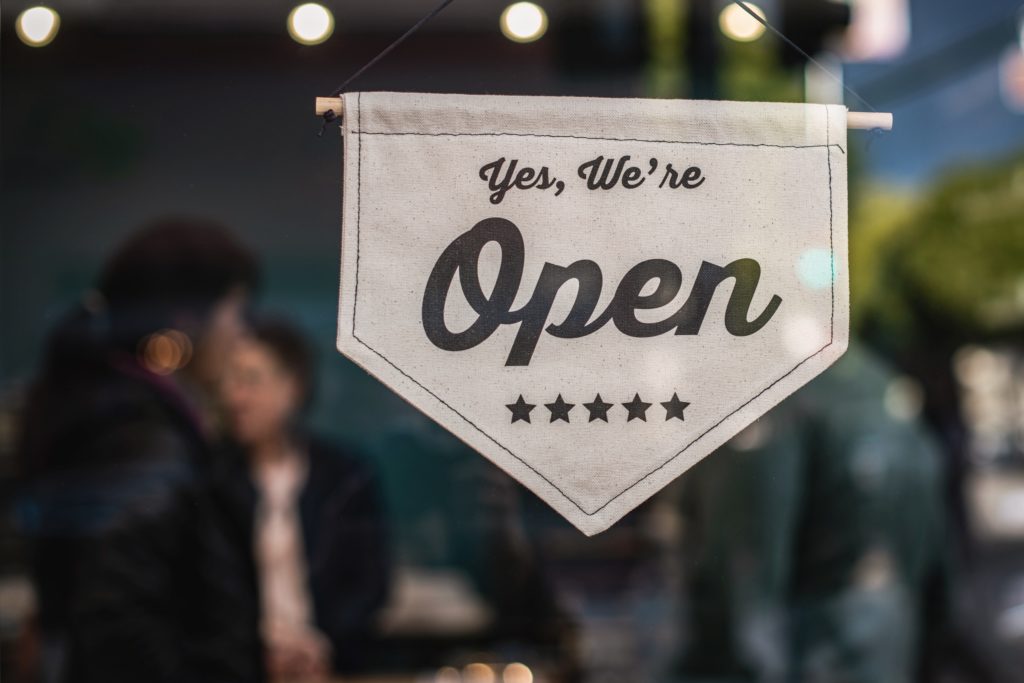The past two months have been extraordinarily challenging for brand communications and PR people. In the initial weeks of the COVID-19 shutdown, brands struggled to find the right response. Early efforts were tentative, pretentious, or shallow. As the pandemic progressed and the news grew worse, many stepped up with substantive offers of help, workforce tributes, or public service messages. No one wants to be perceived as insufficiently serious, compassionate or concerned about the terrible toll of the virus. Yet when COVID-19 messages are so indistinguishable from one another and widely parodied, you know they aren’t connecting.
The marketing hasn’t been bad, but most of the marketing messages have been numbingly similar. A somber soundtrack, a voiceover or chiron alluding to these “uncertain times” and a brand pledge that it will be there for customers until “we can be together.” Sometimes there’s a PSA in the middle about social distancing. The tone is typically ponderous and the ads are pretty forgettable.
Many brands see an opening
It’s enough already, say consumers. According to a Pew report, 71% of Americans are tuning out of the news because they don’t want to hear anymore about the pandemic. A widely reported survey of 7000 consumers by Mitto suggests that a hefty chunk of the public is ready for brands to change the channel. And there’s bad news for PR people, too — a recent study by the Clyde Group found that 59 percent of consumers believe that companies’ pandemic responses are “mainly PR efforts.”
So what’s a brand to do? As the U.S. moves in fits and starts toward a reopening of sorts, some companies are cautiously venturing back into the pre-pandemic waters. Consider this gorgeous post-lockdown TV ad from a French grocery chain. The best thing about it is the utter lack of PR sell for the brand.
Yet it’s still a very tricky time to be in external communications for any organization. Here’s what the research shows about the steps to a successful “reopening” strategy.
Consider the audience
Obviously, the shutdown has affected different segments of the population in different ways. Magid did a study of consumer reactions to COVID-19 marketing by generation. Gen Z respondents, for example, are not moved by the sobering “new normal” messaging of many brand ads. Half of younger consumers said they feel bored, in contrast to only 30% of adults 25 or older, as reported by Marketing Dive.
Nothing stays still
Though for many, our sense of time has been distorted by the pandemic, there’s been a real evolution during the shutdown, not to mention wide regional differences in the impact of the virus. The smartest marketers have remained nimble, adjusting brand messaging, social platforms, and PR tactics as things change. It’s a great time to test and tweak digital storytelling.
Above all, context matters
Given the hazards of overreliance on programmatic advertising where brands can unwittingly find themselves next to inappropriate or unappealing content, marketers have rediscovered contextual advertising, and not a minute too soon. A MediaScience in-home audience survey of viewers who watched ads from Ford, Amazon and Domino’s found that coronavirus-themed spots performed better when part of news programming, as opposed to comedy entertainment. It stands to reason that a “stay apart to stay together” message works better for Rachel Maddow viewers than it does popping up during an escapist binge on Schitt’s Creek.
The door is opening; now all we have to do is walk through it – carefully.

